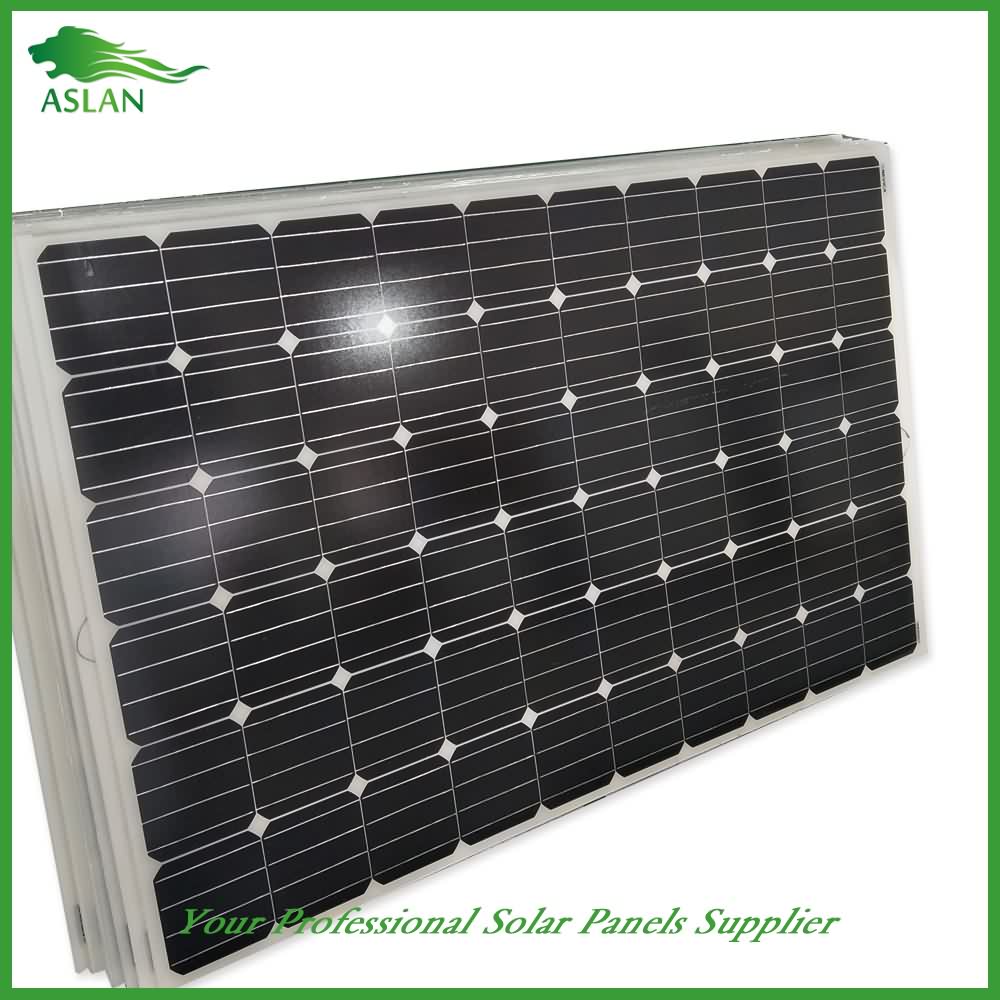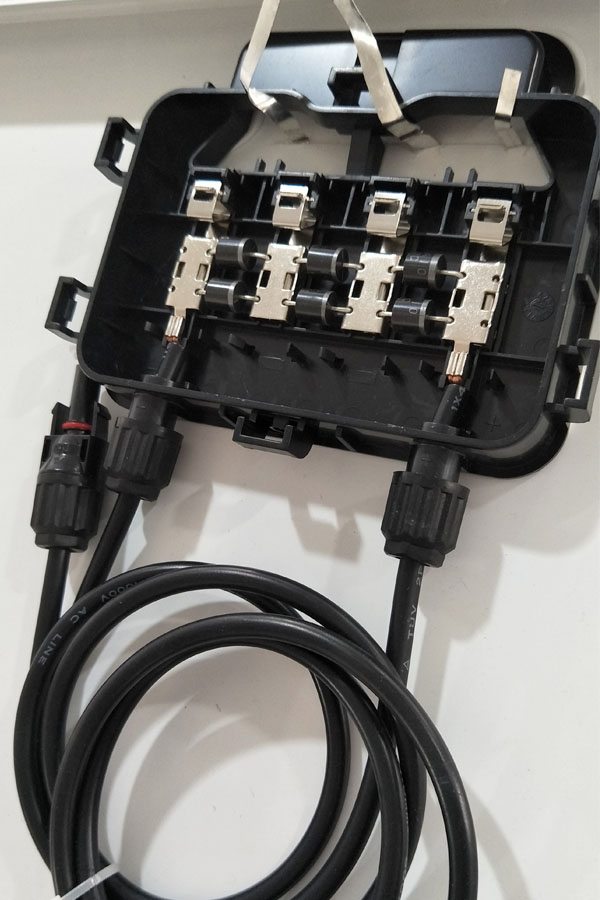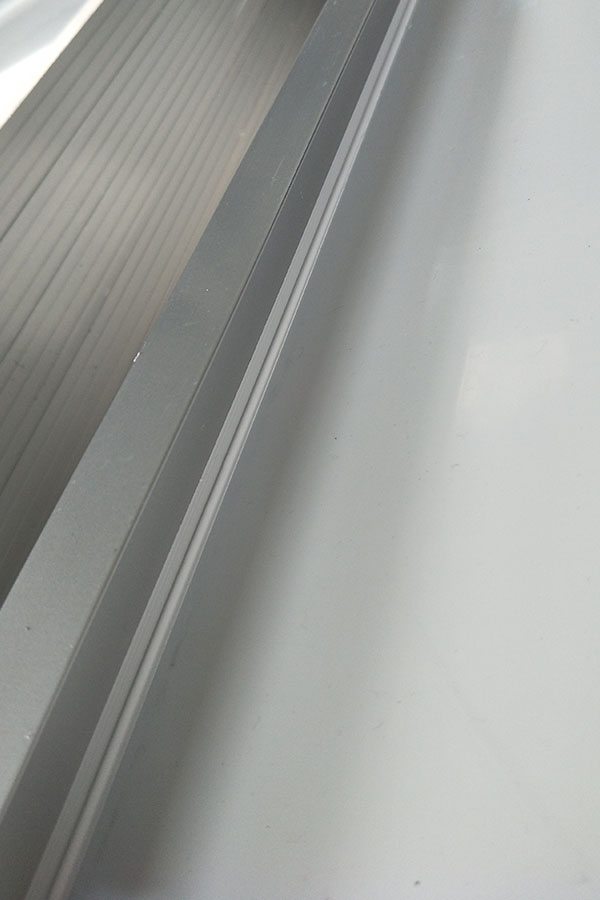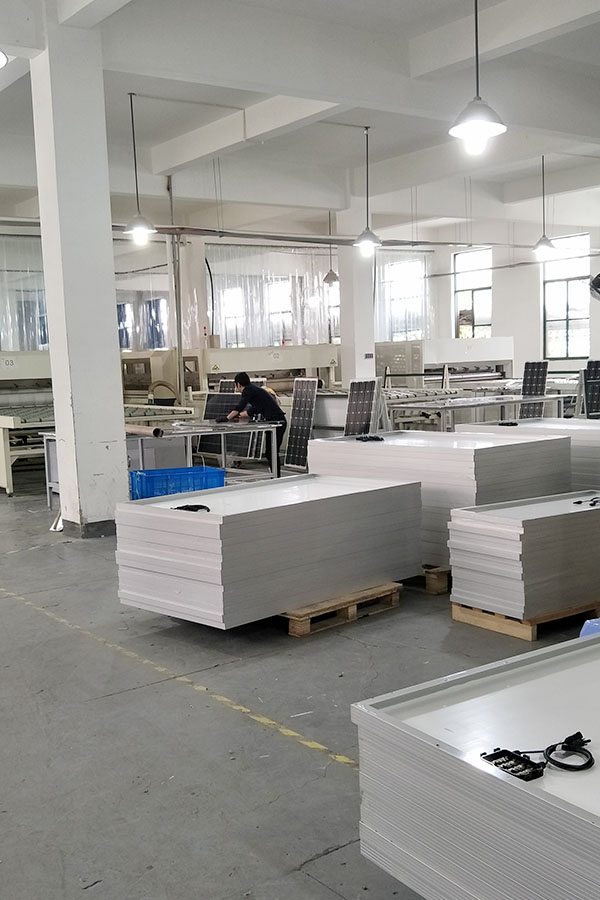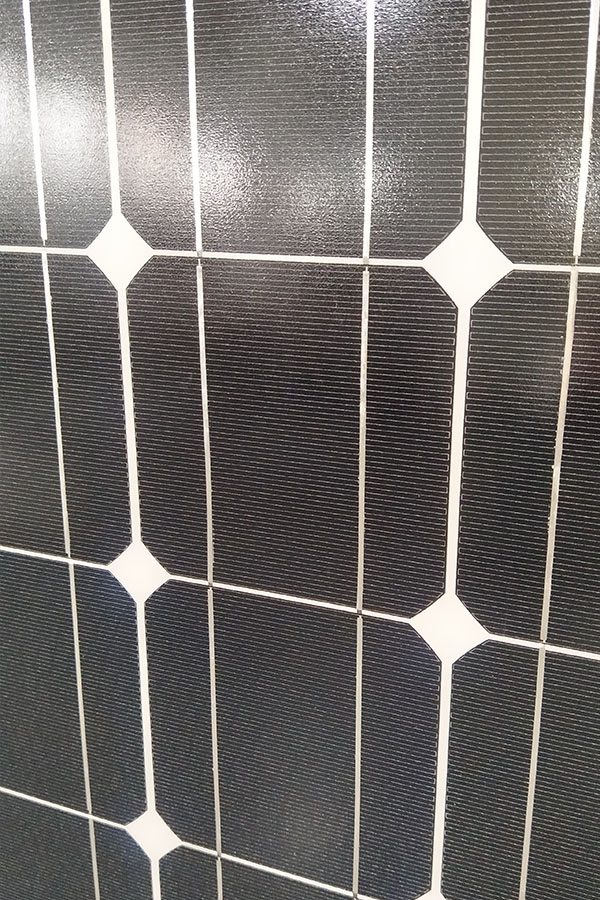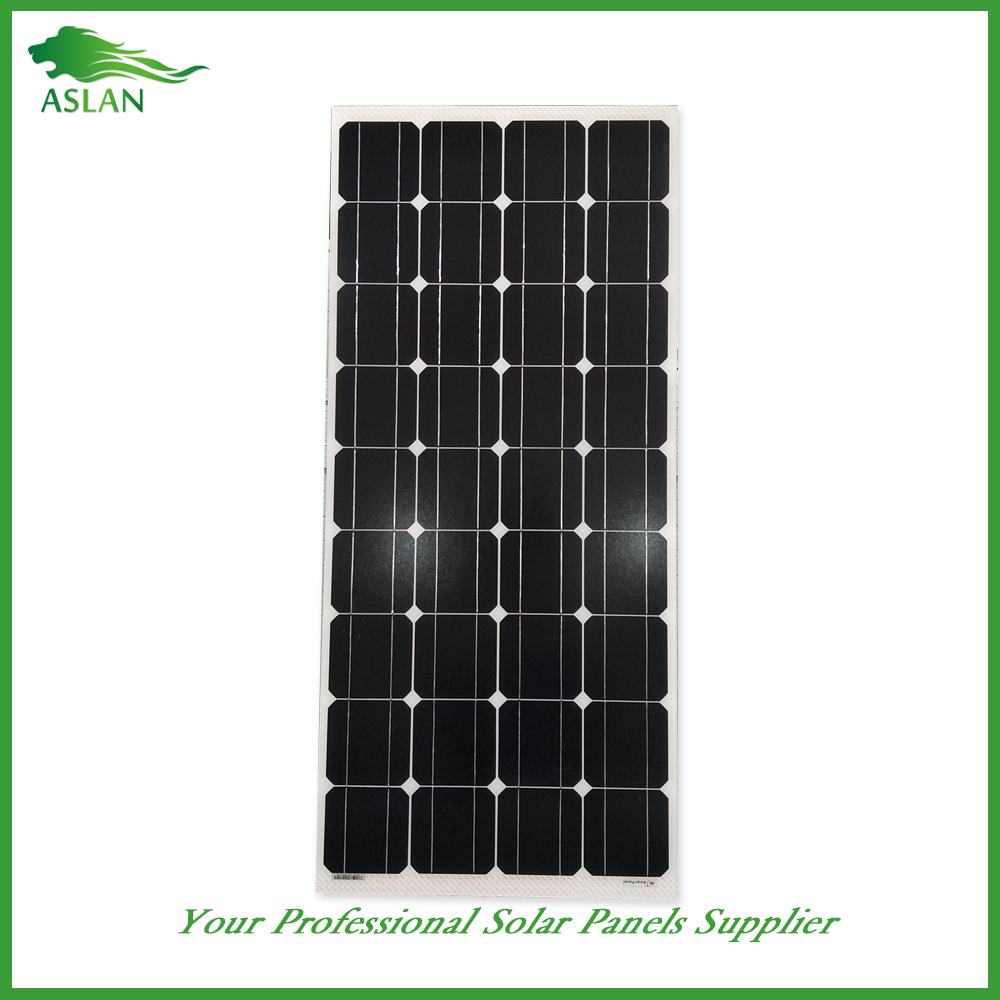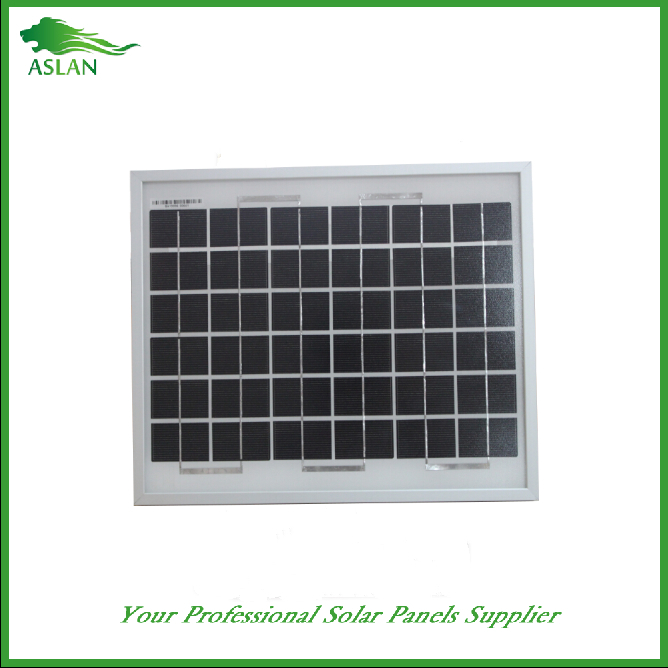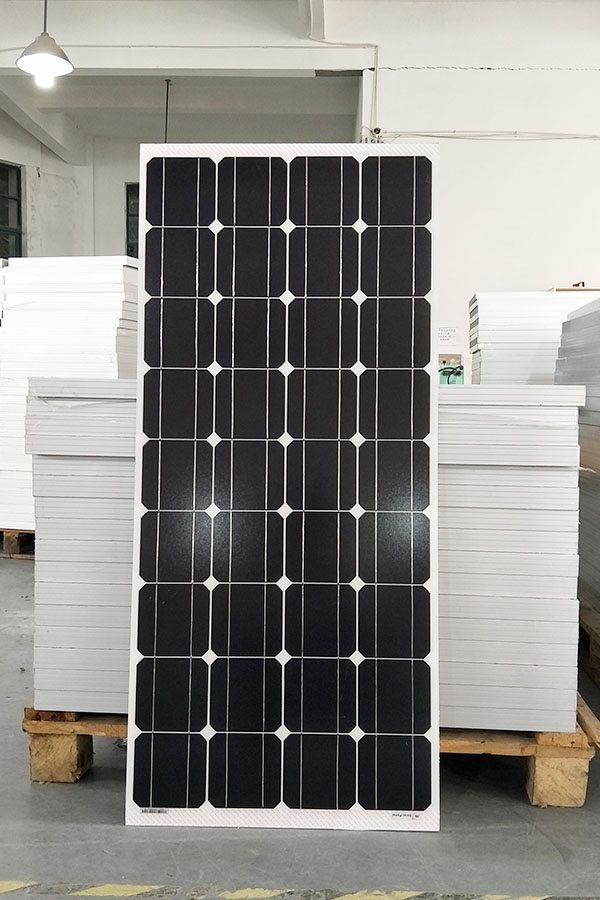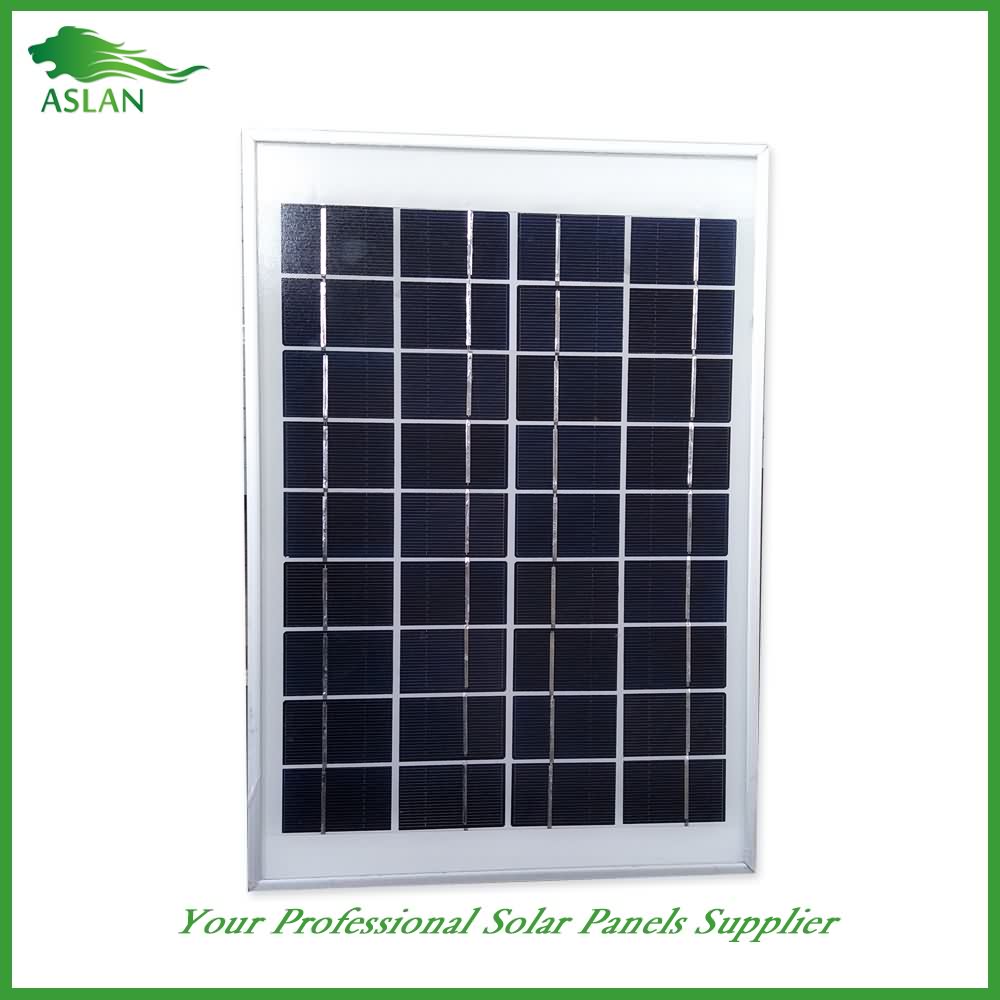70% OFF Price For Mono-Crystalline 250W Solar Panel for Swedish
Short Description:
We not only will try our best to offer excellent services to every customer, but also are ready to receive any suggestion offered by our customers for 70% OFF Price For Mono-Crystalline 250W Solar Panel for Swedish, We welcome you to visit our factory and look forward to establishing friendly business relationships with customers at home and abroad in the near future.
Mono-Crystalline 250W Solar Panel
Technical parameter
Maximum Power(W) 250W
Optimum Power Voltage(Vmp) 30.3V
Optimum Operating Current(Imp) 8.29A
Open Circuit Voltage(Voc) 36.76V
Short Circuit Current(Isc) 8.91A
Mechanical Characteristics
Cell Type Monocrystalline 156x156mm (6 inch)
No of Cell 60 (6x10pcs)
Dimensions 1640x990x40mm
Weight 18.0KGS
Front Glass 3.2mm,High Transmission, Low Iron,Tempered Glass
Junction box IP65 Rated
Output Cable TUV 1×4.0mm2/UL12AWG,Length:900mm
Temperature and Coefficients
Operating Temperature(°C): -40°C ~ + 85°C
Maximum System Voltage: 600V(UL)/1000V(IEC) DC
Maximum Rated Current Series: 15A
Temperature Coefficients of Pmax: -0.47%
Temperature Coefficients of Voc: -0.389%
Temperature Coefficients of Isc: 0.057%
Nominal Operationg Cell Temperature (NOCT): 47+/-2°C
Materials of solar panel
1).Solar Cell——Mono-crystalline solar cell 156*156mm
2).Front Glass——-3.2mm, high transmission, low iron, tempered glass
3).EVA——-excellent anti-aging EVA
4).TPT——-TPT hot seal made of flame resistance
5).Frame——anodized aluminum profile
6).Junction Box——-IP65 rated, high quality, with diode protection
Superiority: high quality anodized aluminum frame, high efficiency long life, easy installation, strong wind resistance, strong hail resistance.
Features
1. High cell efficiency with quality silicon materials for long term output stability
2. Strictly quality control ensure the stability and reliability, totally 23 QC procedures
3. High transmittance low iron tempered glass with enhanced stiffness and impact resistance
4. Both Polycrystalline and Mono-crystalline
5. Excellent performance in harsh weather
6. Outstanding electrical performance under high temperature and low irradiance
Quality assurance testing
Thermal cycling test
Thermal shock test
Thermal/Freezing and high humidity cycling test
Electrical isolation test
Hail impact test
Mechanical, wind and twist loading test
Salt mist test
Light and water-exposure test
Moist carbon dioxide/sulphur dioxide
Spanish Tile Solar Grid Tie Install with the ABC Solar strip and lay method.
About Solar Photovoltaic Technology
ABC Solar would like to take a moment to give a history of photovoltaic technology. Your system is the adoption of Einstein’s vision. Yes, Albert Einstein won the Nobel Prize in Physics for his explanation of how light (photons) travel 93 million miles to get in a fist-fight with the Silicon atom and how the photon “knocks-out” the silica electron. The knocked out silica electron is harnessed to make electricity.
Solar Panels start in the ground as pure silica that can be mined. With one method the silica is treated with various chemicals to became ready to be melted. The melting process will get the silica into a molten state and head towards 1600 degrees Celsius. At this point a crystal is drawn thru the mixture and pulls up. This process starts the crystallization process of the raw silica into the usable solar wafer. The wafer is sized to typically 60mm and it is on its way to becoming a solar cell.
Simply put, a doping material is used to make one side of the silicon wafer positive and the other negative. A hair thin wire mesh is attached and leads are placed to allow in series connection of the cells. Now considered a solar cell, each just shy of ½ a volt DC. This magical number happens no matter how big the solar cell is. This phenomenon is not yet explainable by this writer, but I love thinking about it.
The ½ volt DC of the solar cell is the building block of functioning solar panels. A 72 solar cell configuration is one of the most popular of the world’s solar panel manufacturers. 1/2 volt DC x 72 = 36 volts DC. This is the typical voltage range for a 72 solar cell solar panel.
The 72 solar cells are connected to each other in series electrically. Lead free solder and silver wire are used by our preferred manufacturers. The sheet of solar cells are encapsulated to back sheets and framed to safety glass with long-lasting anodized aluminum. A power connection device called a Junction Box is surgically attached to the back of the solar panel and glued into place. Two wires then extend from the Junction Box as positive and negative with quick connectors for ease of installation.
Inverters: The SMA Sunny Central 250KW Inverter shown here provides 250,000 Watts AC Maximum Output Power and improved CEC efficiency of up to 96%. The inverter does the magic of changing the solar DC generated electricity to AC grid-capable power. The typical residential inverter will output at 240 volts open-circuit. This is routed in two 120 volt circuits that are then configured to safety disconnect switches and then backfeed to the main panel in 2x 20 amp breakers.
Inverters input characteristics are key to understanding good and safe system design. The minimum and maximum DC input voltage and the other is the max amperage of each solar string. For the SB 7000 the input voltage range is 150 to 600 volts DC. The max amperage per string input is 18 at 240 volts.
The Solarworld 275 Watt mono solar panel has an open-circuit voltage of 39.4. If we just divide 600 / 39.4 we would get 15 solar panels in one string. But! We have to take into consideration the local lowest annual temperature. The lower the temperature the higher the voltage. In the case of Los Angeles weather, the calculation is 39.4+((39.4 * ((-7c–25c)* (-.3/100))) = 43.18 VDC per panel. Now divide 600 by 43.18 and you get 13 panel max per string. A similar calculation is done on the highest temperature
calculation. The higher the temperature the lower the voltage. So this high temp calculation is important for smaller string sizes to make sure you have the minimum 150 volts dc for starting the
inverter. Solar electric systems perform better in cooler climates compared to the desert. The desert does have the advantage of many more days of full sun. Always a trade-off.
Visit ABCsolar.com
http://www.amazon.co.uk/gp/product/B00D8FR3PO?tag=whitestuffpre-21
